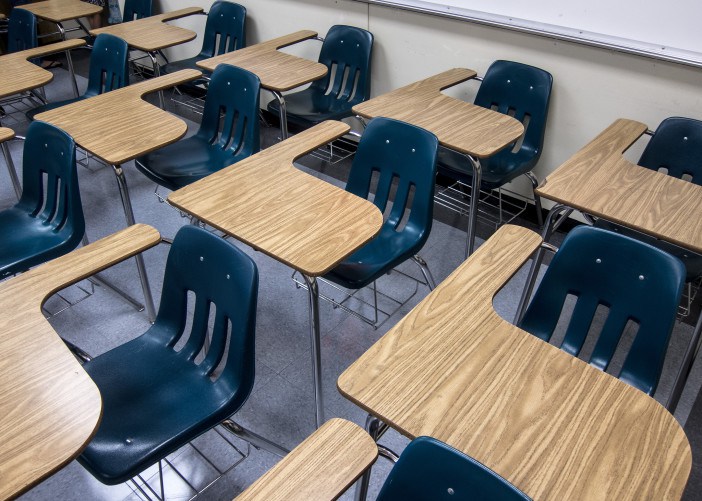On October 17, the Sunset Park Community Board held a meeting to continue the conversation regarding the overcrowding of schools in the neighborhood. It’s been a long conversation, but still a vital and lively one.
“When my son, who is 28, went to school, he went to PS 169 and there were 38 kids in his class, with only one teacher,” said Silvia A., a Sunset Park parent who asked not to use her last name. “The sad part is that our children are not getting the education that they need. They’re falling short in their reading, their math everything because there are just too many kids in the class.”
Silvia, along with community board members and a number of other concerned parents and citizens, attended the meeting in order to seek solutions for a problem that has been reoccurring for more than 20 years in Sunset Park schools. Silvia no longer has children in the system, but says she remains passionate about solving the overcrowding problem for the sake of other children.
During the 2015-2016 academic year, Sunset Park’s District 15 schools held more than 20,000 students in grades Kindergarten through 12th. The grade with the most students was Kindergarten, with 2,323 students.Following closely behind was first grade, with 2,156 students. From grades K-12, the range of students in each class was between 23 and 27 students. These numbers have increased since last year’s data was collected.
According to Community Board District Manager Jeremy Laufer, class size in the district “is very dependent upon the type of school and the ages of the students. The younger the students, the smaller a class.” Experts say that too many children in a class often leads to classroom management issues for educators and extra challenges for students. The more children in a classroom, the less attention each child is able to receive from the teacher.
Board members and parents both suggested both long-term and short-term ideas for how to move forward, on behalf of both students and teachers. Among them: ideas for campus expansion; for securing more funds; and for gaining more community support to push school expansion, through the involvement of parents. One attendee suggested a partnership with the department of health to monitor the birth rate in Sunset Park, which could help school officials plan for the number of children that are likely to enter school within the next five to six years.
One initiative came from Make Space for Quality Schools, a grassroots organization made up of parents, residents, and compatible organizations. The group’s proposal, presented at the meeting, concludes that there is unused space available for schools in Sunset Park, if empty lots and buildings could be transformed. The group urged outreach to parents to push the School Construction Authority to build more schools in the many empty lots in Sunset Park. The SCA is responsible for building schools throughout New York City.
The influx of students has made school drop-off in the morning, and pick-up in the afternoon more difficult for parents. But parent interests went deeper than the long carpool lines. They seemed ultimately most concerned with the quality of education that their child is receiving. Parents in attendance also expressed an interest in potential short-term locations to house more students. Students are being taught in school auditoriums instead of smaller, controlled classrooms, they said. That led to the suggestion that non-school buildings may be acquired for use of enrichment programs, while others are used for academics.
Cesar Zuniga, the community board’s chair of education, said he is working to get more parents involved in the overcrowding issue. “What we need to start doing more effectively is getting folks into the room that don’t traditionally participate,” he said. “So, I’m going to continue to make that a priority.” He said he knows that parents sometimes are unable to be present at meetings because of child-care issues or lack of transportation.
But, he said, “We really want parents to come. If we really mean that, then we’ll do things like provide babysitters, provide some food, and beyond that, create context where the meetings should not be meetings where parents are just being spoken to, but really engaging them in a way where they can participate.”


Leave a Reply